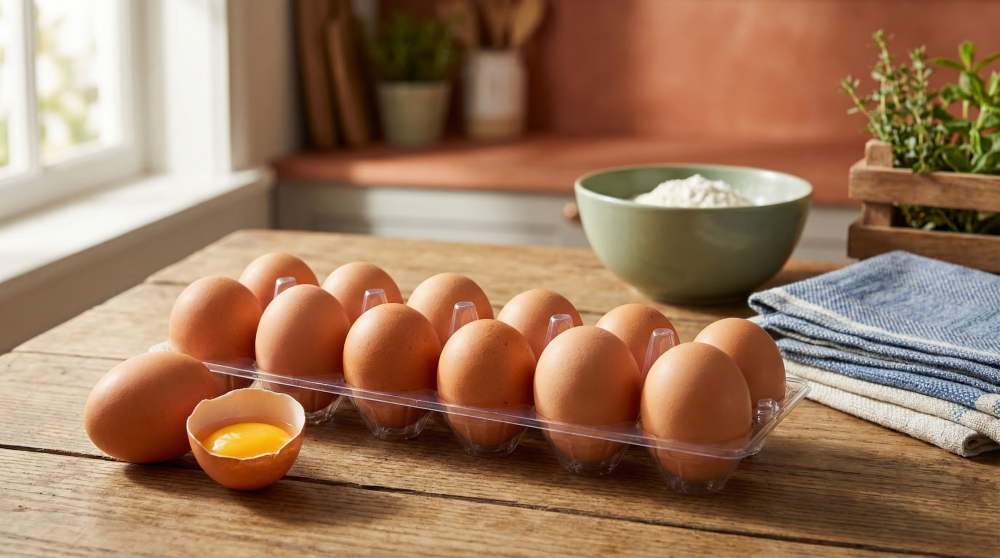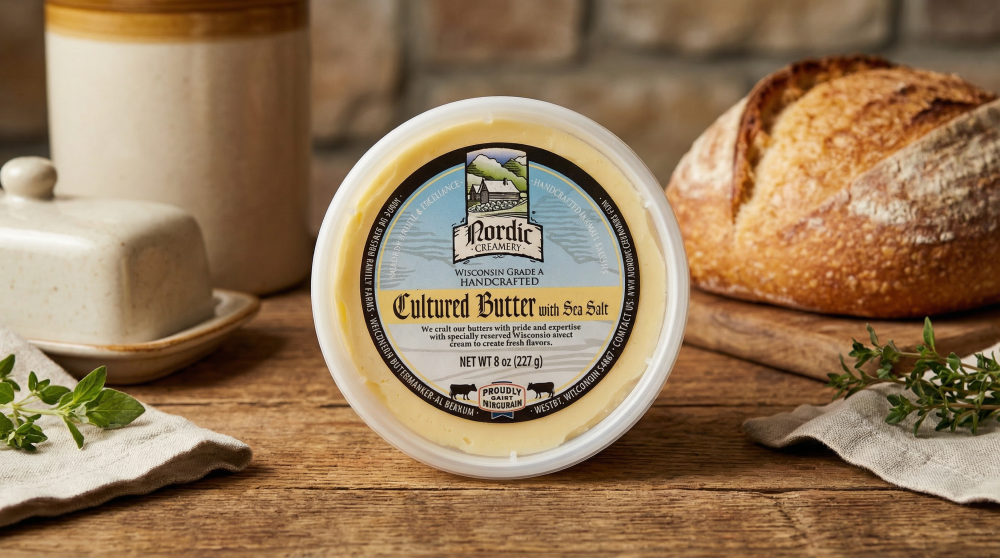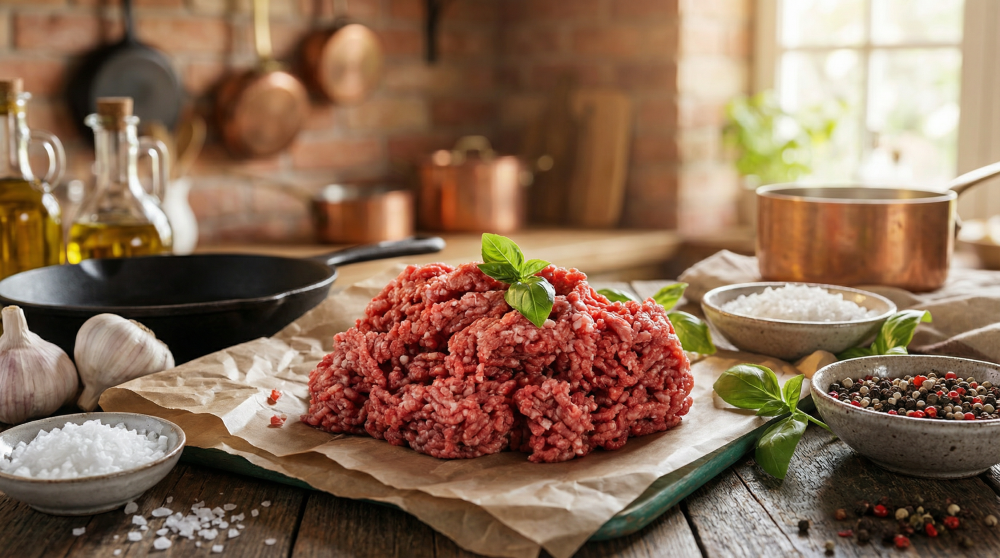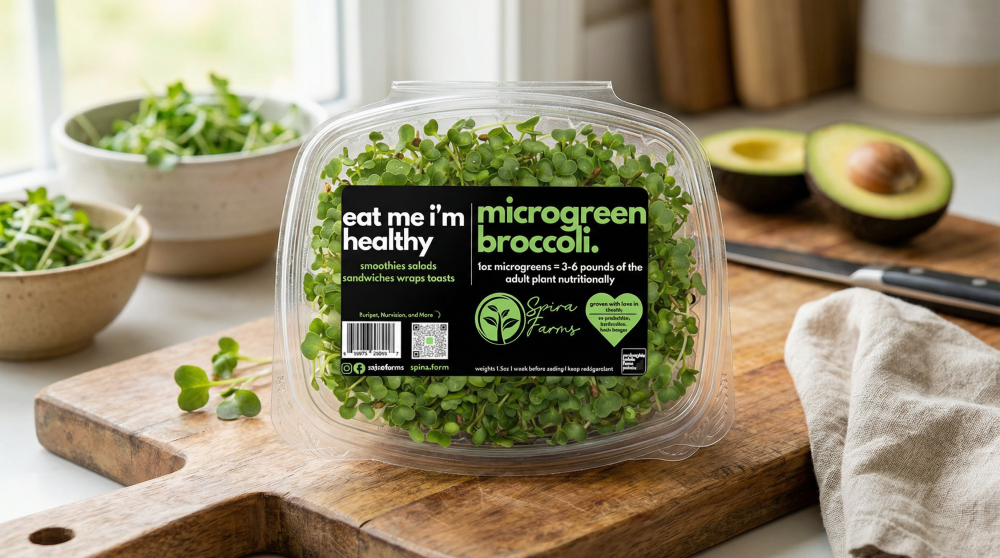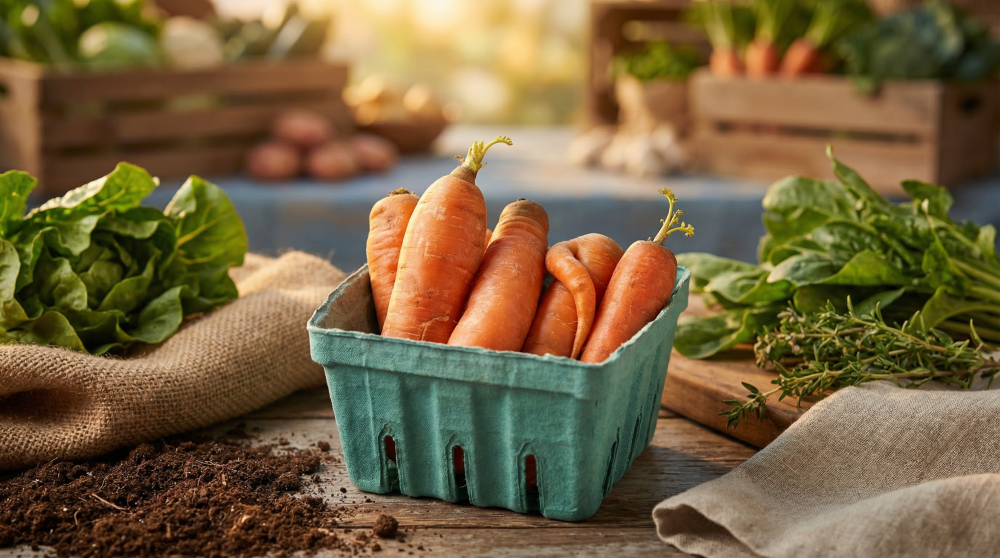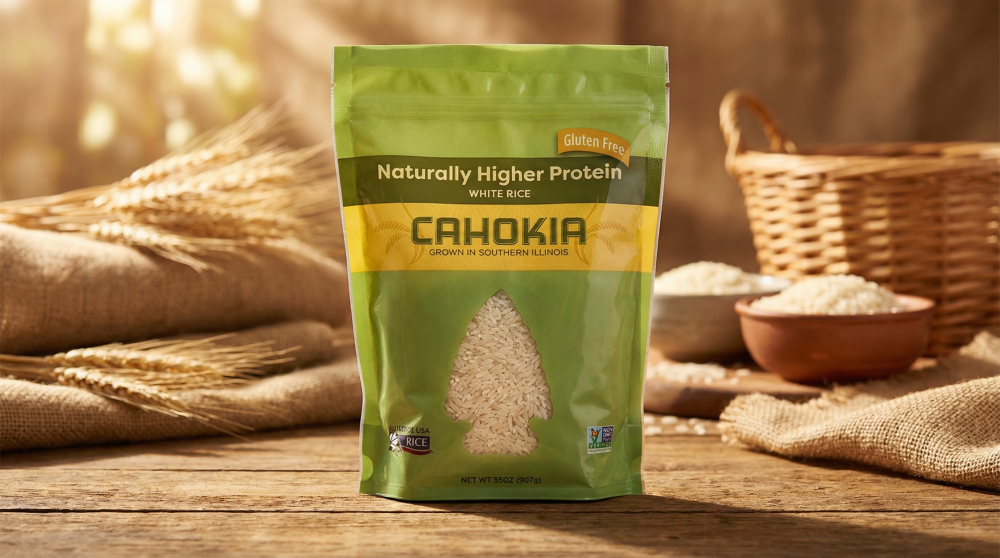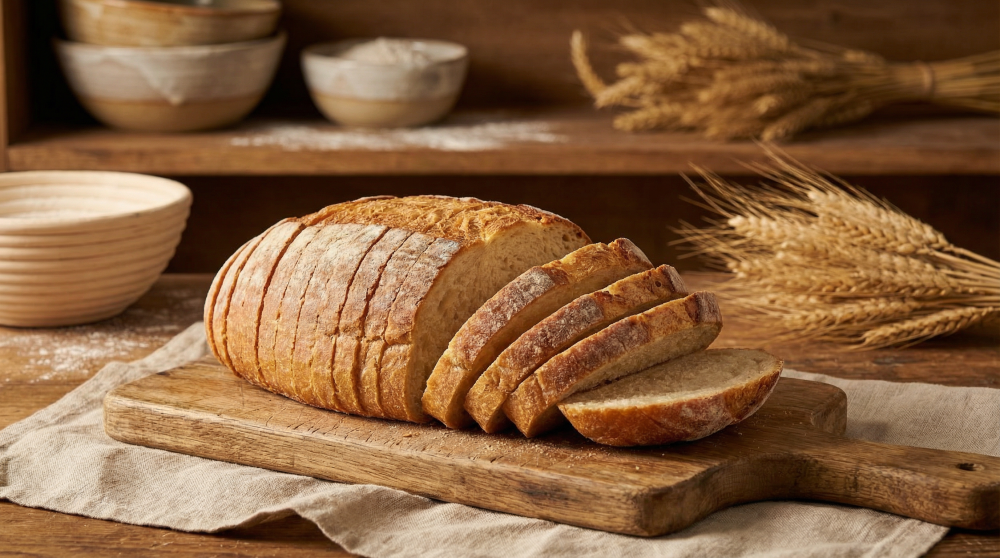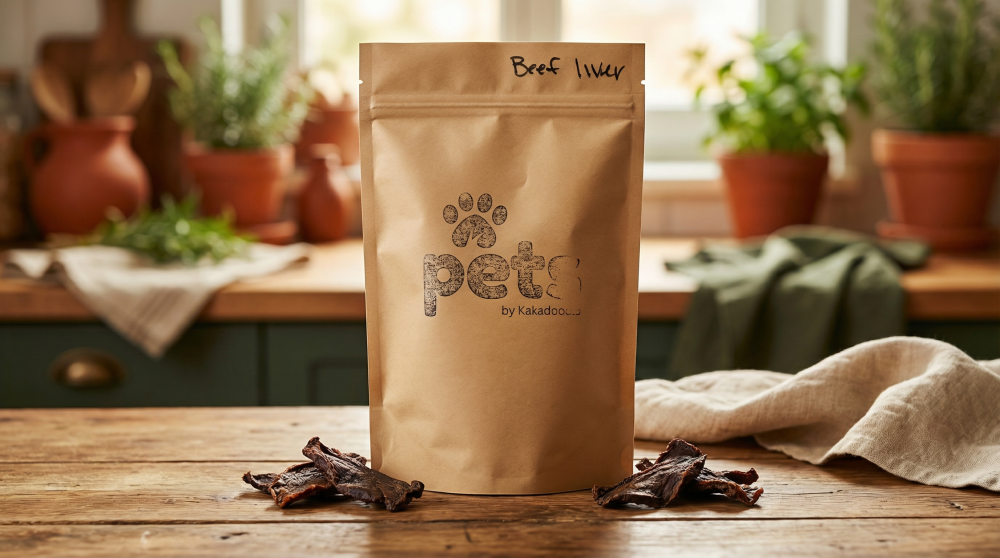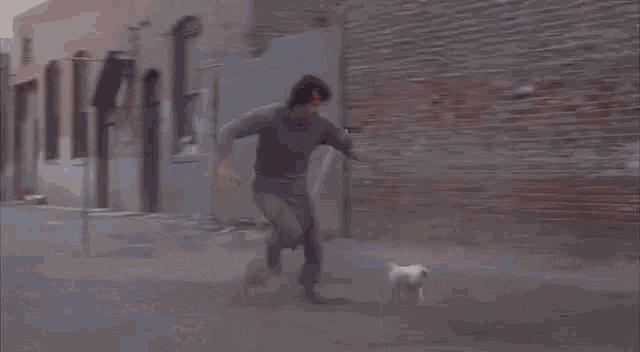article Could Local Really Be The Future of Food?
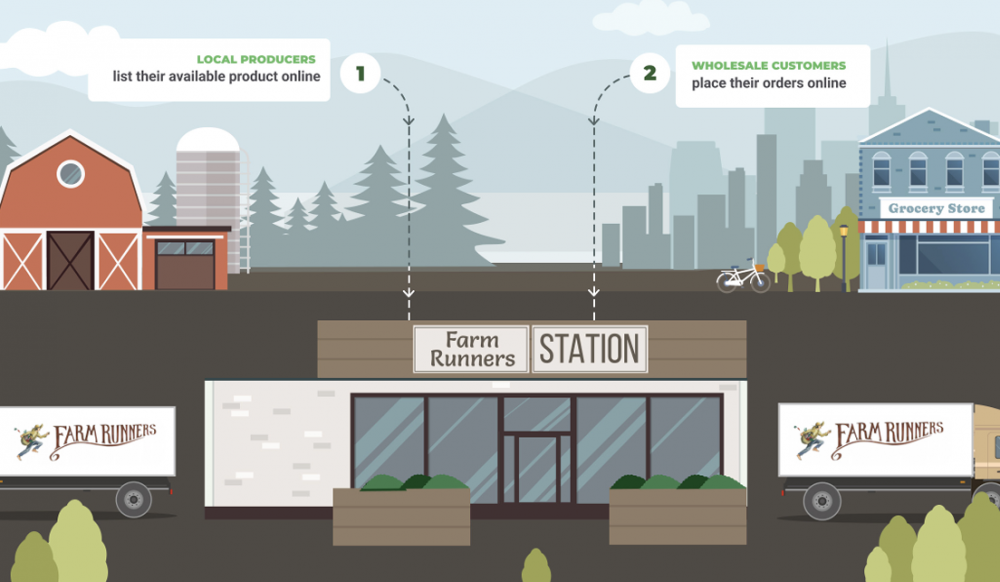
Every few years, a new “food trend” takes center stage. Organic. Keto. Plant-based. Meal kits. But underneath all the noise, there’s a quieter, steadier shift happening. One that feels more fundamental. You may feel it as well... People are starting to care about where their food comes from again.
And this time, the movement isn’t being driven by marketing campaigns or celebrity chefs. It’s being built by farmers, small grocers, producers, and families who are reconnecting the pieces of a broken food system.
This week, The Packer (one of the most respected publications in the produce industry) wrote an article titled “In the Year of the Cooperative, Rural Grocers Find Power in Partnership”, journalist Jill Dutton explored how cooperative and community-based models are reshaping local food access across the U.S. I met Jill in person at the Groceryshop conference in Las Vegas this fall. She was genuinely curious about how technology, local farms, and modern consumers can coexist in the same food system.
Her piece made one thing clear: what’s happening right now in local food isn’t just a movement; it’s a reformation.
The Rise of the Cooperative Mindset
The United Nations designated 2025 as the International Year of Cooperatives — a recognition that shared ownership and collaboration are critical to building resilient economies. Rural grocery stores, long considered the backbone of small-town America, have been quietly experimenting with cooperative and partnership-based models to survive amid shrinking margins and national chain competition.
The Rural Grocery Initiative — led by Kansas State University’s Rial Carver — spent two years studying how small-town grocers can connect with local farmers to keep grocery access alive. Their research highlighted five standout examples:
- Farm Runners (CO): Two farmers built a regional aggregation network connecting 100+ farms with 500+ wholesale customers.
- Rolling Grocer (NY): A sliding-scale grocery model ensuring access for all income levels.
- In Her Shoes (MS): A mobile grocery bringing fresh produce to food deserts.
- Farm to Freezer (MI): Freezes regional produce for year-round availability.
- Ball’s Food Stores (KS/MO): Aggregated over $4 million in local produce purchases from 100+ growers.
Each of these models looks different, but they share a common thread: relationships matter more than scale. Efficiency alone can’t build resilience — trust can.
A Local Example: How Collaboration Creates Stronger Roots
At Kakadoodle, we see that same cooperative spirit play out every week. One of the best examples is our sourdough bread — a simple, local staple that tells a bigger story about how local collaboration works when everyone brings their strengths to the table.
Each loaf represents a three-way partnership:
- Kakadoodle, where customers discover and order it.
- Janie’s Mill, where the heritage wheat is grown and stone-milled in Ashkum, IL.
- Rustic Kneed, a small artisan bakery in Lemont (and just opened a new location in Downtown Frankfort) that turns that flour into a perfectly crusty, tangy loaf.
Three local businesses. Three layers of value creation. And every week, we sell out.
That’s not just coincidence — it’s evidence of what economists call the local economic multiplier effect, which shows that every dollar spent locally circulates more times within the community than money spent at national chains. In practice, that means your loaf of sourdough helps pay a local baker, a local miller, and a local driver — strengthening a real web of people, not shareholders.
The Modern Consumer and the Convenience Gap
The challenge, of course, is convenience. For decades, industrial food systems optimized for efficiency, shelf life, and price — not for health or locality. And for many modern families, the idea of “buying local” still sounds like something that requires extra effort: a Saturday morning at the farmers market, a CSA drop-off, or driving to a roadside stand.
That’s the gap Kakadoodle was built to close. We believe local food shouldn’t be the hard choice — it should be the default choice.
Our marketplace uses technology to make that possible. We connect 30+ local farms directly to households through a single online platform — offering the same convenience people expect from e-commerce, but with food they can actually trust. It’s what we call modern local: food that’s both regenerative and radically convenient.
When The Packer featured Kakadoodle alongside innovators like the Food and Meat Co-Op in Utah, it validated something we’ve long believed: the next evolution of local food won’t come from nostalgia — it’ll come from integration. Tech and trust. Farms and families. Collaboration and convenience.
Why “Local” Might Actually Be the Future
The globalized food system is showing its cracks. With the recent avian flu outbreak, we noticed either no eggs or sky-high prices. Same thing happened with meat during COVID. Corporate consolidation has exposed just how fragile centralized systems can be. In contrast, localized networks — cooperatives, CSAs, and small marketplaces — are proving more adaptable and resilient.
But beyond the economics, something deeper is happening: a cultural reconnection.
People are realizing that real food — clean, chemical-free, raised with care — isn’t just healthier. It’s meaningful.
When you know the baker who made your bread, or the farm where your eggs came from, it transforms the act of buying food into a shared story. That’s what “local” really means. It’s not a marketing label — it’s a relationship.
The Bottom Line
“Local” isn’t a fad or a feel-good slogan. It’s a structural shift in how we grow, sell, and value food. And it’s spreading — not through top-down policy, but through everyday people choosing to reconnect the dots.
Each Kakadoodle order is a small act of cooperation — a digital handshake between farm, baker, and family. Together, those small acts add up to something powerful: a new kind of food system built on trust, transparency, and collaboration.
Because maybe local isn’t just where food comes from.
Maybe it’s where the future of food begins.
